
Interior
New In: Ahmed Hussein Talks the Subtle Art of Design
Ahmed Hussein, one of the most well-known interior designers in the world today, started his career early and carved out a space for himself in the luxury design market. His quick ascension onto magazine covers and into the employ of some of the hottest names in the business was propelled by natural talent and a keen eye for various celebrity styles. Hussein shared with us his expertise and guidance on how to accommodate the tastes and cultures of his illustrious clientele.

You have established quite the career for yourself. How did you start your journey?
My progression wasn’t pretty standard; I had no intention to become a designer or anything remotely similar. I was a student eager to pursue a career as a chemical engineer. Throughout the courses, I had the habit of sketching for joy which my professor had noticed. He then put me on the right track saying I should become an architect instead. Four Years later, I received my bachelor’s degree in architectural engineering, brimming with enthusiasm and eagerness to begin my life.
In 2008, I started working daily on-site as an architectural engineer until I realized that I should take up the craft of design to meet peoples’ needs one on one. My design journey started on a high note; it was terrifying to take on this much responsibility after receiving a variety of freelance design projects. Strangely, I started in 2008 with an administrative project and residential interior while continuing to work at my desk job.
My decision to pursue a career as an interior designer was inspired by the reactions I had encountered after completing several freelance projects; I had the utmost passion to improve people’s lives within the confines of their homes. I was able to create Ahmed Hussein designs after receiving more work and earning the client’s trust and satisfaction through my friends and family.

What’s your philosophy when it comes to interior design? And how did you develop it? When it comes to design, I believe there are no rules or boundaries; each space is unique and versatile, with its own story inspired by the existing characteristics of the space, the history, the location, the culture, and the client’s needs. Functionality and comfort are key elements that govern any design; the goal is to create a visionary space that is functional in all forms.
I believe that a client should allow their designer to help them enhance their creative vision while creating a space that expresses their uniqueness. Through trial and error, I honed my skills and gained experience, as well as established a firm grasp of my design philosophy. Throughout my freelancing career, I grew and learned from the intensity and magnitude of the projects until I was ready to open my studio.

Is it important to combine aestheticism with functionality?
As I mentioned earlier, designing an aesthetically pleasing space is inextricably linked to its functionality of being able to utilize and be comfortable within its bounds. It is critical to strike a balance between the two elements, which is what happens in our kitchen. As a metaphor, I would say that the studio is where we mix it all up practically and aesthetically, planning and designing to ensure that we have met each space’s prerequisites while maintaining its aesthetics.
While form is crucial in any design, functionality is what brings it to life. Working with both elements can be difficult at times, but it is an important aspect of the design process that must be completed thoroughly. The aesthetics are what defines each design by representing its appeal to it through many visual factors, making each space an expression of the client’s identity.
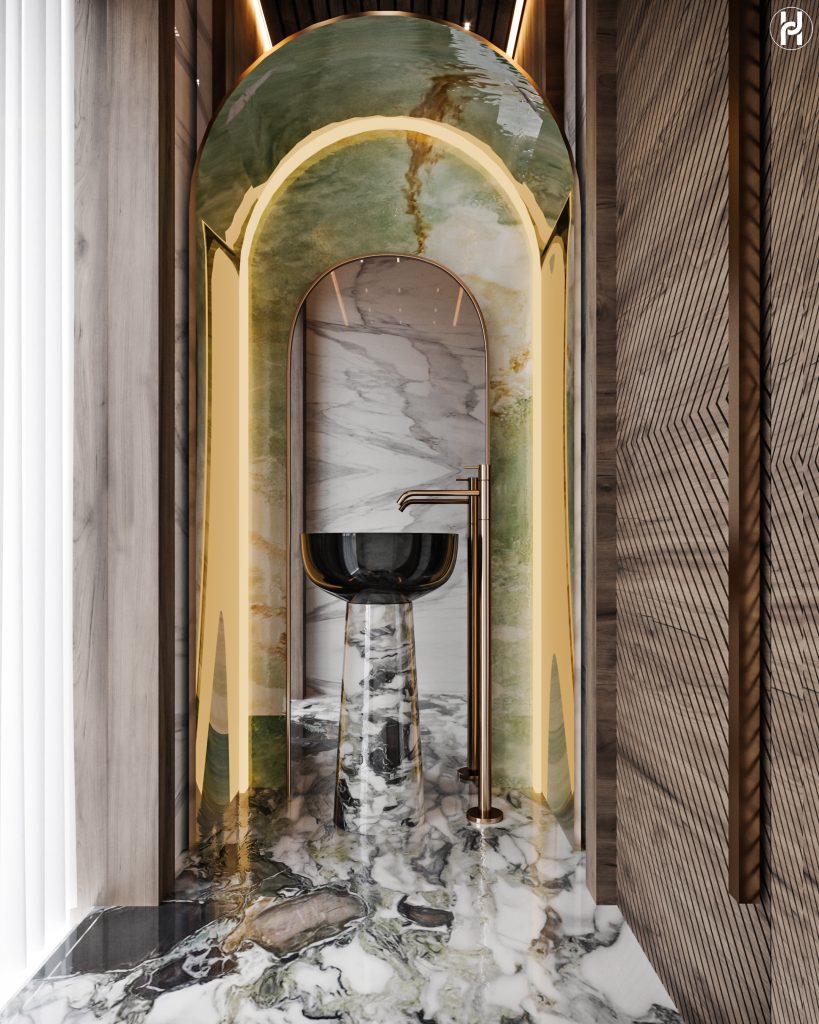
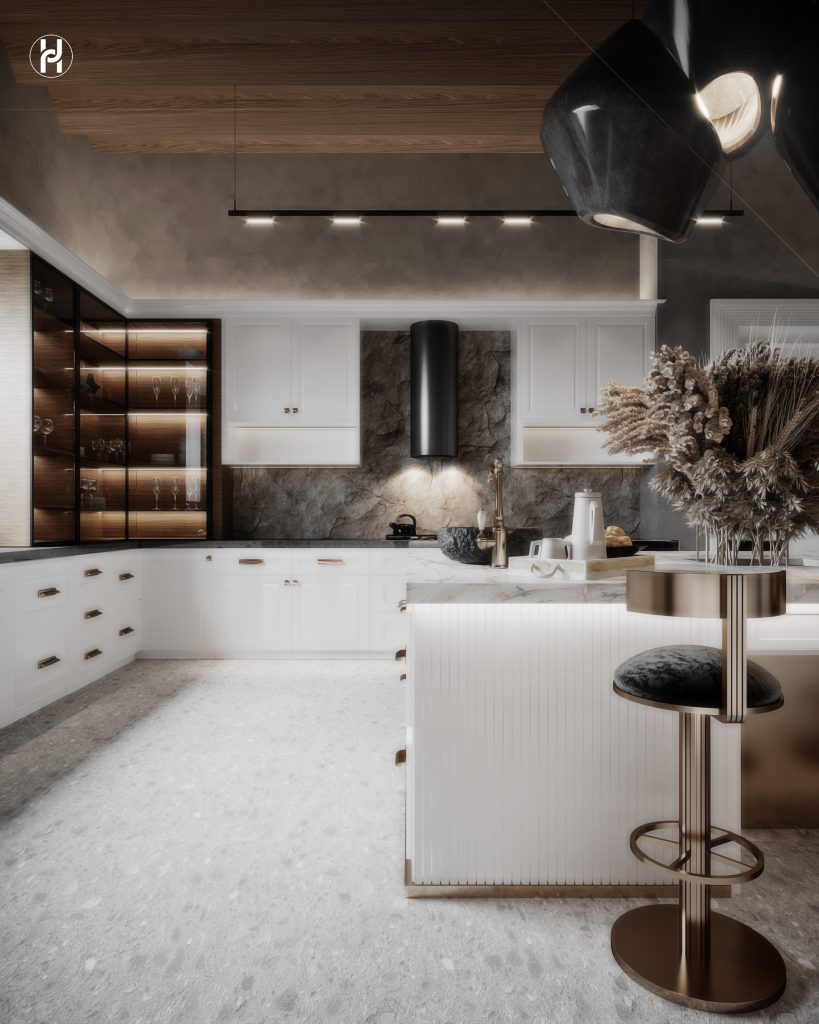
Is there a specific field of design that appeals to you most?
Because of the nature of my work, I believe I resonate more with experiential design. Most of the time, we are designing to display a specific environment that communicates a message or creates a feeling within certain areas. One of the driving forces behind my career change was a desire to create spaces that improved people’s style of living, whether emotionally, mentally, or physically. That was motivated by my desire to express myself and showcase my vision in some sort of way. A designer should be aware of the factors that can influence the outcome of their design; it is critical to take note of the surroundings as they shape how the space turns out.

Where do you drive your inspiration from?
My inspiration comes from anything and everything I see or come across. There is no one way to be inspired, but I tend to lean further towards playing the guitar in solitude after work, which allows me to enter my other realm and see things from a different perspective.
Traveling is another source of inspiration because it allows you to escape your daily routine while exposing you to new places where you can find inspiration in art, architecture, food, and the list goes on. Another important source of inspiration for designers is educating their eyes, whether through books, social media, galleries, or really anything they see.
There is more to what you see than what your eyes absorb at first glance; look deeper into anything to find more detail, and you will develop a keen attentive eye that will keep you aware of your surroundings.

What is your signature style when it comes to design?
I wouldn’t define myself by one design style because each designer has the ability and vision to delve into different design styles that merge his vision as well as the client’s. One of the outcomes I enjoy recreating in various forms is the combination of materials and accents. I enjoy experimenting with different marble slabs mixed with rich wood panels, but each marble slab tells a story through the veins, and the same goes for wood, which can be designed to create patterns but also adds a sense of warmth to any space.
My signature aesthetic is defined by an eye for detail, obvious opulence in materials or furniture, and the use of texture to enhance the user experience in the space.
When designing a house, what factor do you consider the most? And why?
A lot. The client, the end-user, and their experience within this space are the most important aspects of any design. I ought to give them a comfortable space as well as one that meets my vision and creativity. These are crucial factors to consider as you will be able to experiment more with your vision throughout the design process if your client believes you hold their best interests at heart. Making something unique and livable is a form of expression that can be obtained only after you have earned this trust.

What are you currently working on?
We have expanded to open a base in Dubai, where we are working on several upcoming projects that are set to be released throughout the year, as well as in Saudi Arabia, where we have a diverse number of projects ranging from residential, administrative, and commercial.
Another international project in our portfolio is based in London and features the design for the residence of Danielle Samaan and professional football player Cesc Fabregas, with whom I previously worked on their residence in Spain. We merged two identities, cultures, and visions throughout the space while honoring cultural and local aspects of design.
If you could go back and tell yourself one thing before beginning your career, what would it be?
I have no regrets; every step of my career was pivotal in shaping who I am today. Learning from our experiences and cherishing every step of the journey is what enabled me to achieve this; it is critical to value your experiences because they shape who you are. I believe that our mistakes inspire us to move forward and empower us to become a better version of ourselves because there is no room for growth without failure.
Who have been your biggest mentors in this industry and what is the best advice they have ever given you?
My university professor pushed me to work hard to thrive and become better at what I do. This has helped me improve and become the best version of myself. Hard work is important, but listening to feedback after putting in the effort is what motivates and allows me to improve myself.

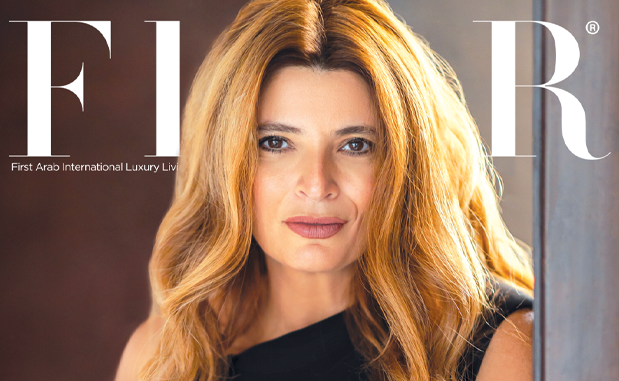


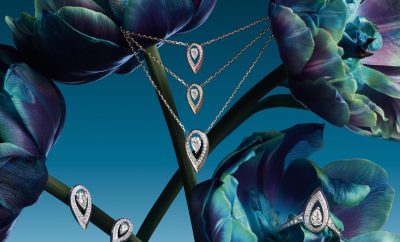
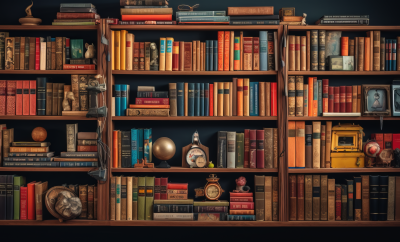




0 comments